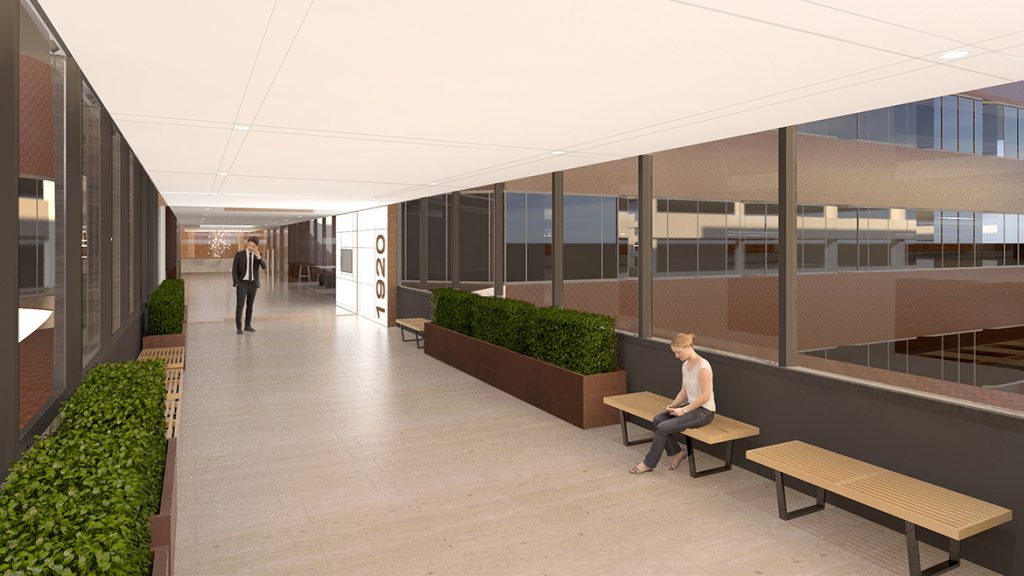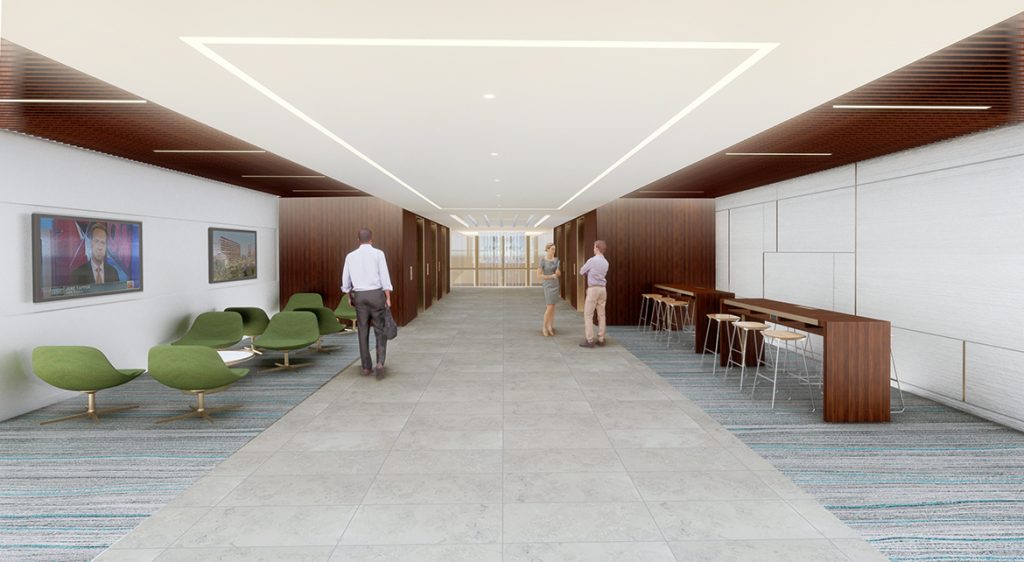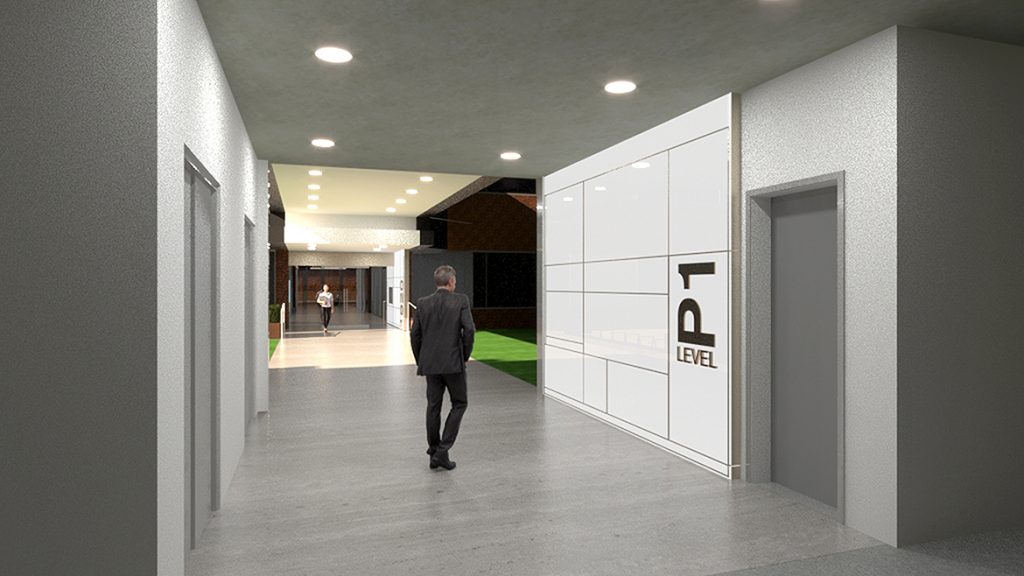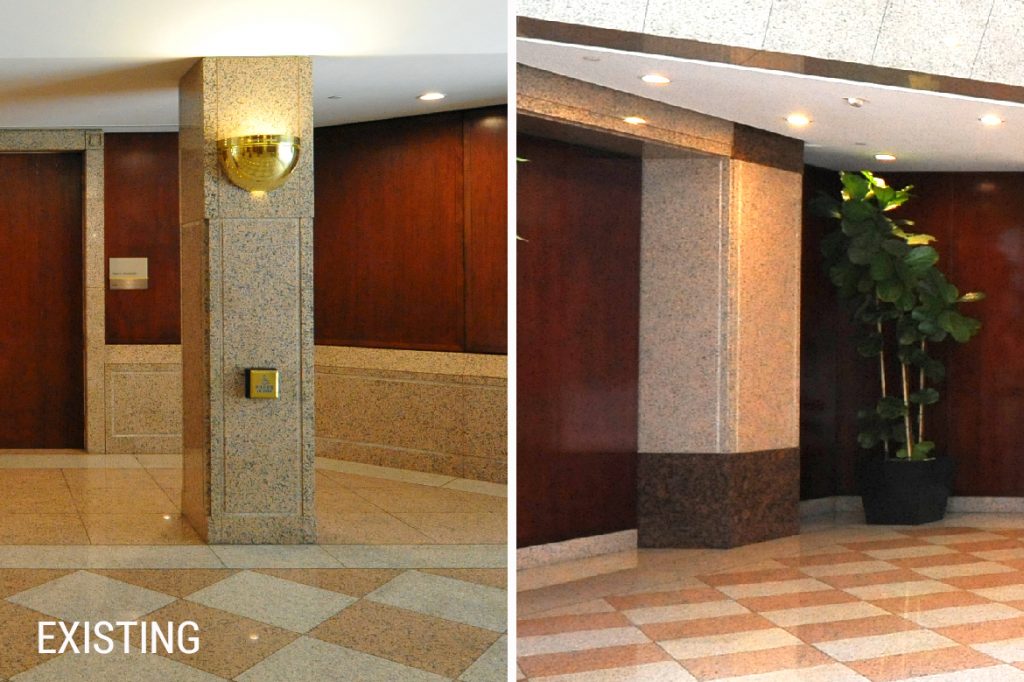WD is proud to announce that our company is listed in the Top 5 Best Places to Work from the OC Business Journal. What makes us stand out? Team spirit, happy employees, and projects we are passionate about! Here at Westgroup Designs, we design experiences that positively affect the way people live, creating memorable experiences with innovative and out-of-the-box design. We have a team that supports and encourages one another, making each day at WD a fun one! Our office culture, love of collaboration, and passion for our work is taking us places.
Great things happen when you love what you do!
Best Places to Work in Orange County is a survey competition that determines the best employers in the area. Managed by Best Companies Group (BCG) and published in the Orange County Business Journal, 2017.

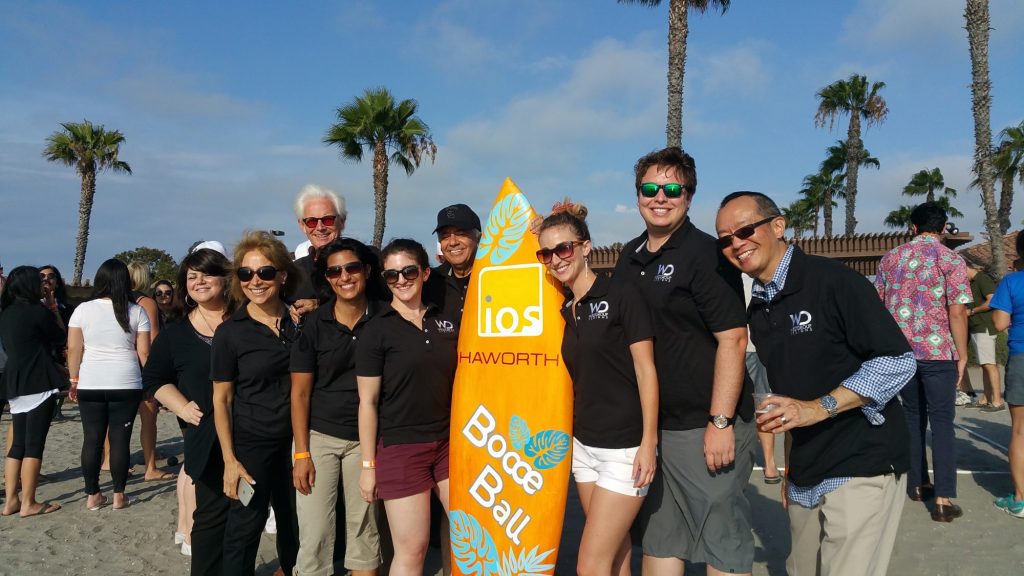
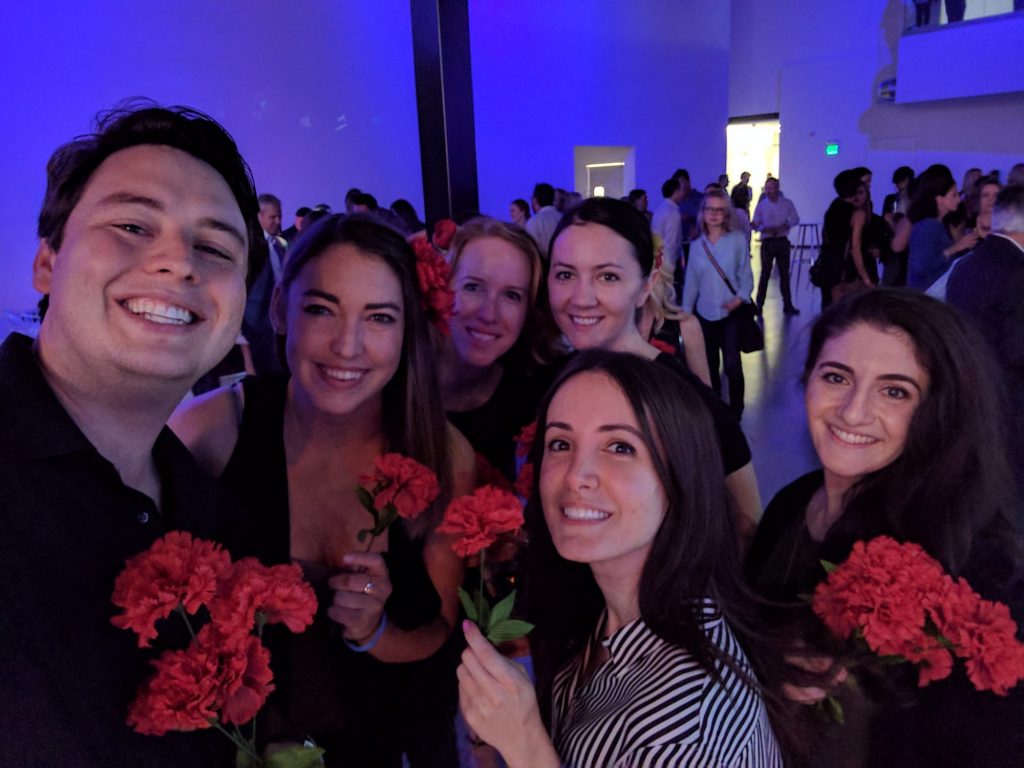
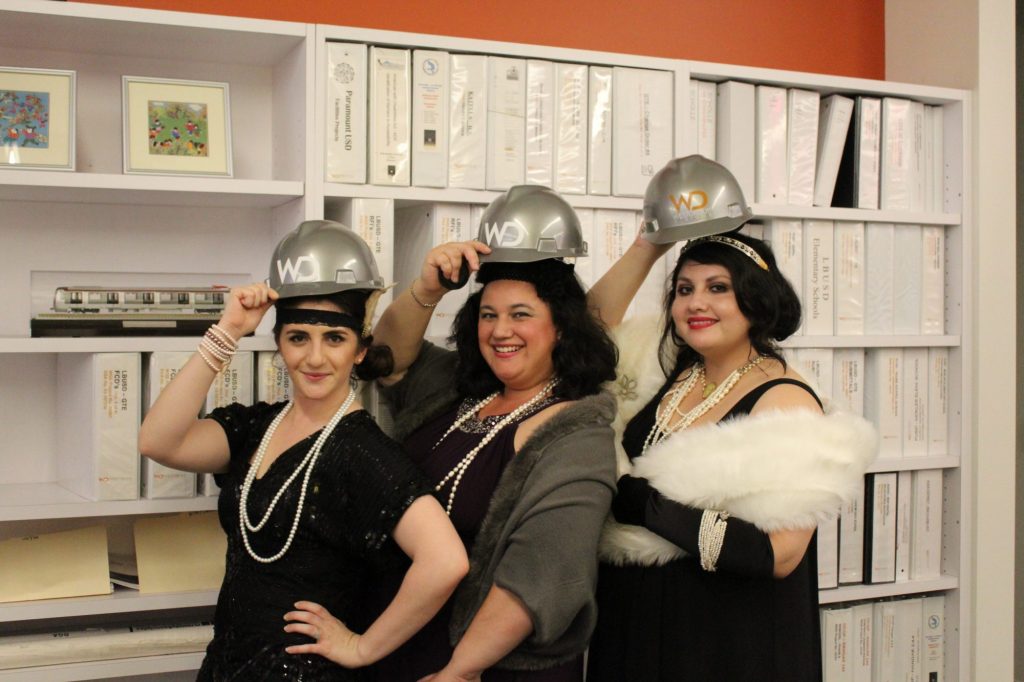
A global real estate investment firm with a presence in 19 countries and a portfolio totaling 531 properties, Hines asked Westgroup to provide a strategic redevelopment vision for their 155,000 sf multi-tenant office/warehouse building, in order to create one of the most unique and differentiated office environments in the Anaheim Canyon submarket.
We renovated both the main lobby and warehouse space for increased energy efficiency and “light and bright” appeal by first studying the opportunities for daylighting before replacing and adding light fixtures in each of the spaces.
Creating a sense of arrival was a key focus for the building’s main entrance. Two rows of tall, modern LED light posts rhythmically lead visitors from the parking area toward the main entrance. Exterior entry improvements included replacing the ubiquitous reflective glazing with dual-glazed, high-performance, clear glass units to permit views into the revitalized double-height lobby space beyond. The entrance, newly flanked by silver Alucobond-wrapped columns, reinforces a sense of outdoor-to-indoor transparency.
The 30-year-old lobby was repositioned as a two-story, modern collaborative meeting space with timeless natural finishes framing mountain views. Replacing fluorescent general lighting with LED fixtures at the ceiling was just the beginning: strategically integrated LED pendants and flush, linear fixtures highlight the natural-toned finishes selected to graphically represent the hills and plains of Anaheim’s 1800’s cityscape while recalling Anaheim’s original focus as the industrial center of the County.
The dark, 25,000-square foot warehouse space was converted into a bright and inspiring industrial office space. Two rows of new punched openings glazed with glare-resistant, high-performance glass boldly punctuate the existing tilt-up exterior walls while allowing for insertion of a future mezzanine between the new upper and lower windows. An ordered array of new skylights, strategically placed to accommodate multiple existing roof-mounted mechanical units, maximize daylighting. Furthering the natural light-filled industrial aesthetic, new aluminum and glass roll-up garage doors access adjacent patio and courtyard spaces. Our introduction of new efficient glazing and skylights results in little need for artificial lighting during the day. Complemented by enhanced roof deck insulation, the former warehouse’s energy costs have been reduced significantly.
Throughout the office areas, available tenant spaces were refreshed to attract progressive, creative firms looking for wide open, bright space with industrial appeal. Augmenting the efficiency of the interior spaces, underutilized outdoor areas - including the entry plaza, side patio and a 7,000 sf enclosed courtyard - were remodeled and activated as new amenity spaces, efficiently illuminated with LED fixtures around functional gathering and feature areas. Offering tenant access during the day and evening, these enhanced landscape spaces extend the opportunities for tenants to dine, lounge, collaborate and socialize.
Our resulting design effectively combines beauty with intelligence, leveraging the benefit of natural resources and incorporating energy efficient solutions to reduce operational costs while maximizing the user experience.
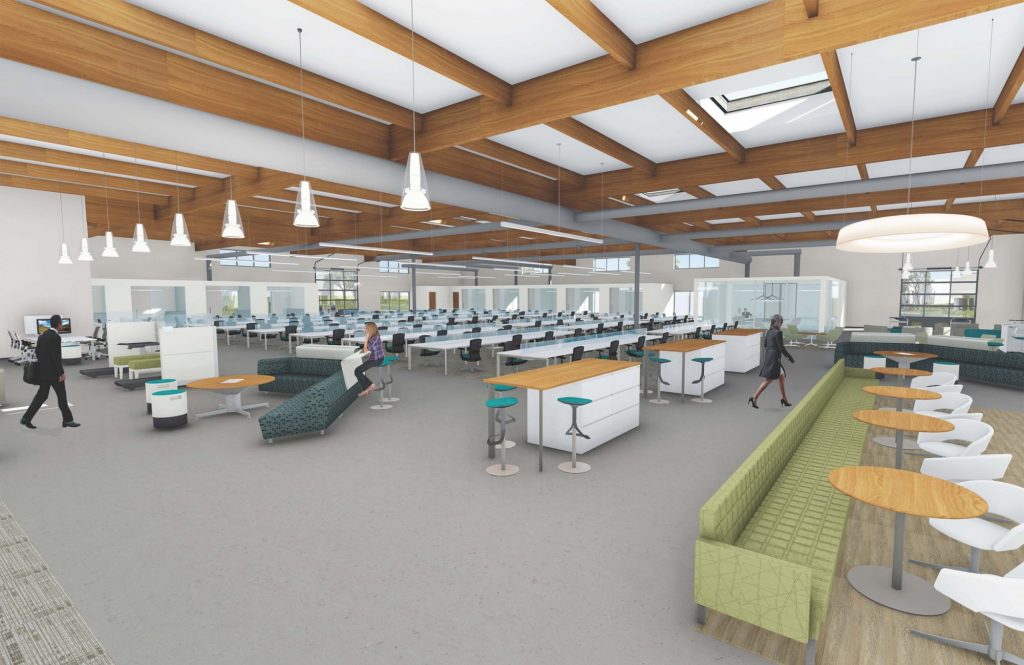
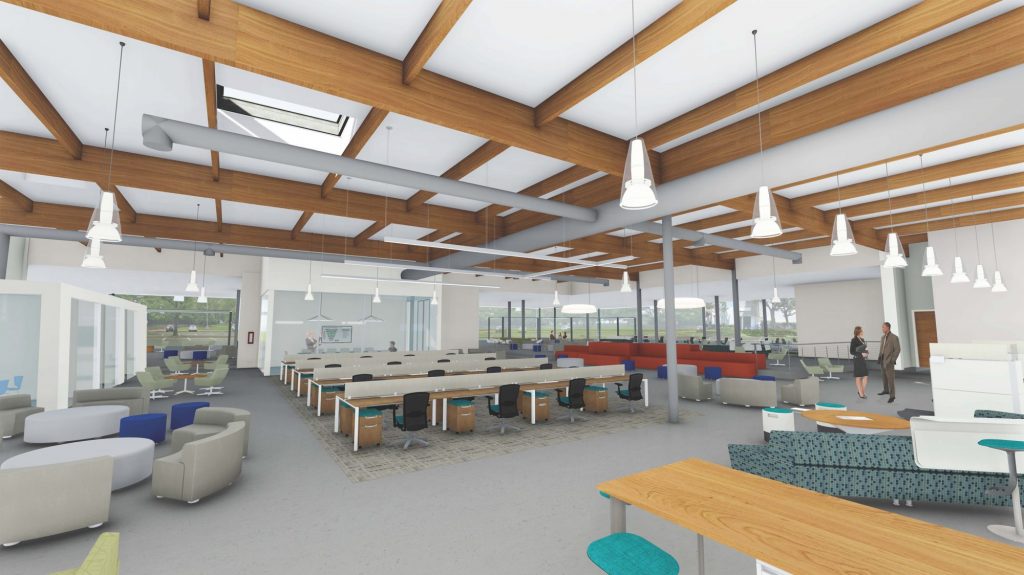
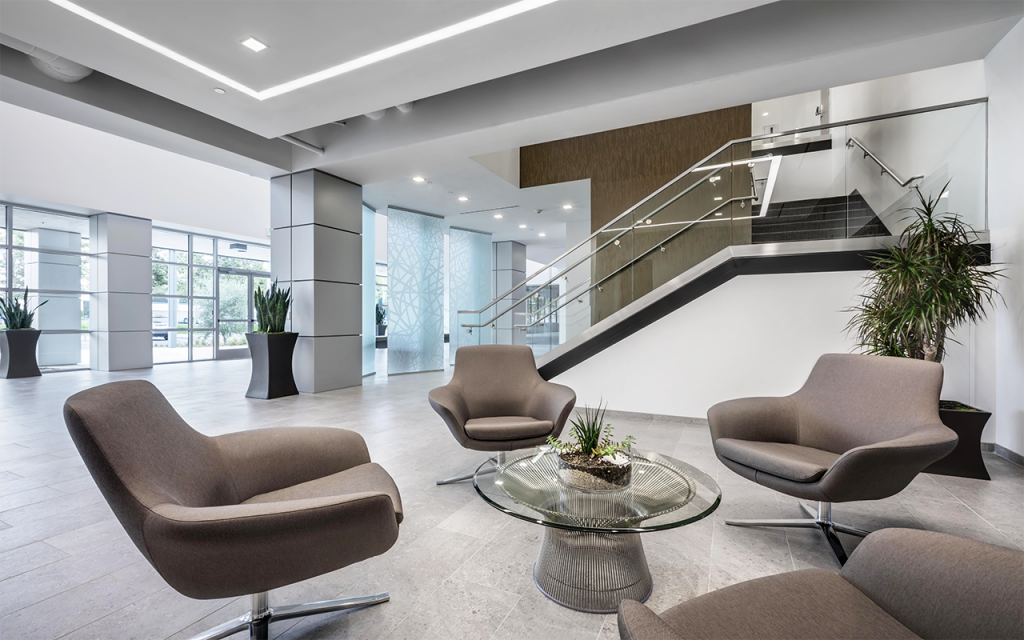
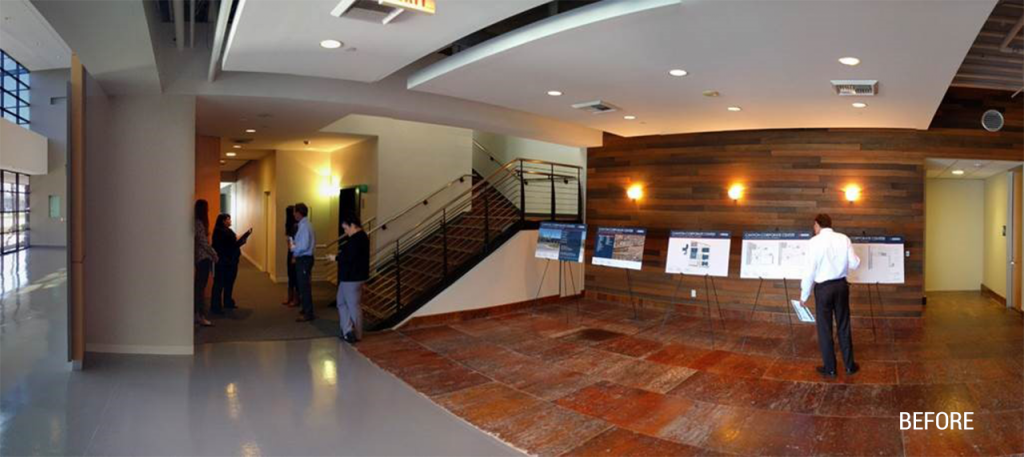
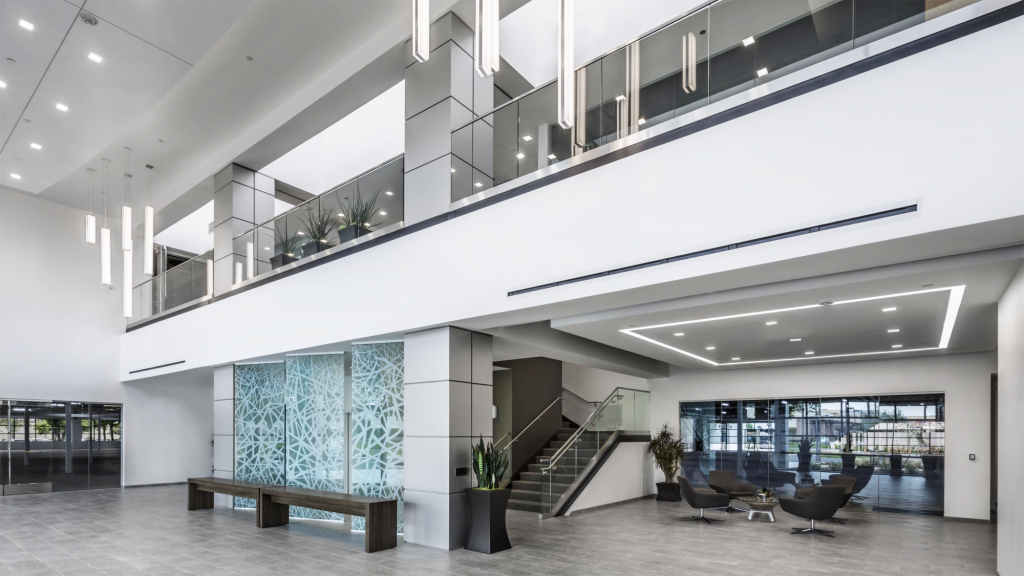
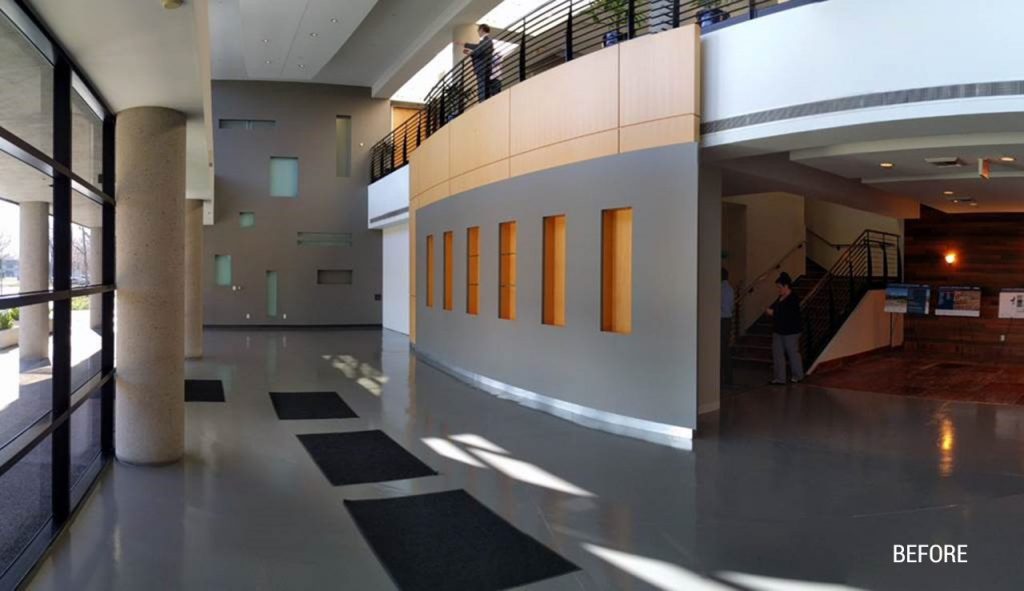
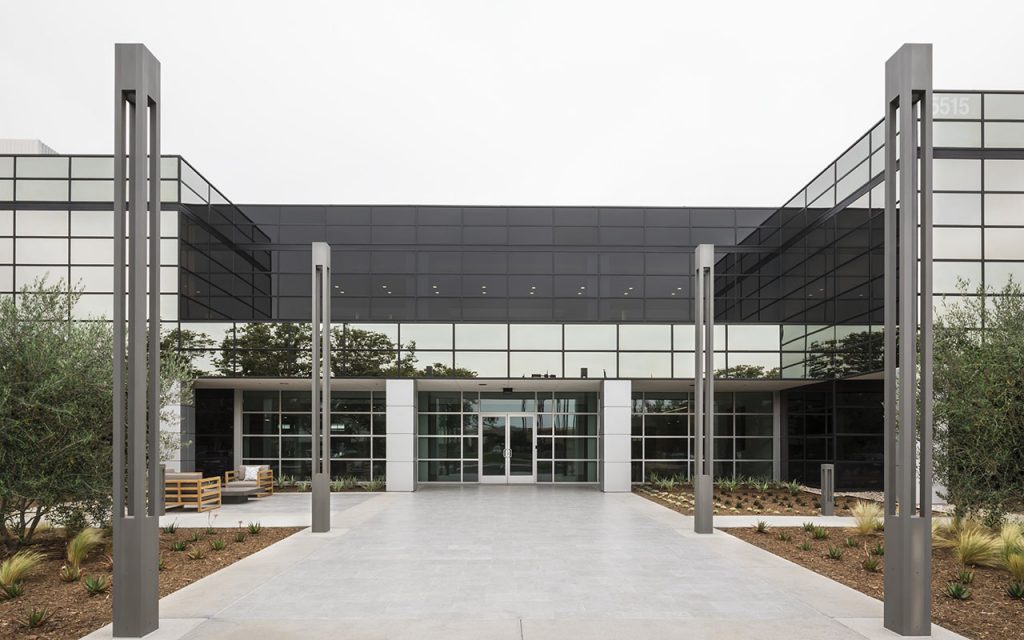
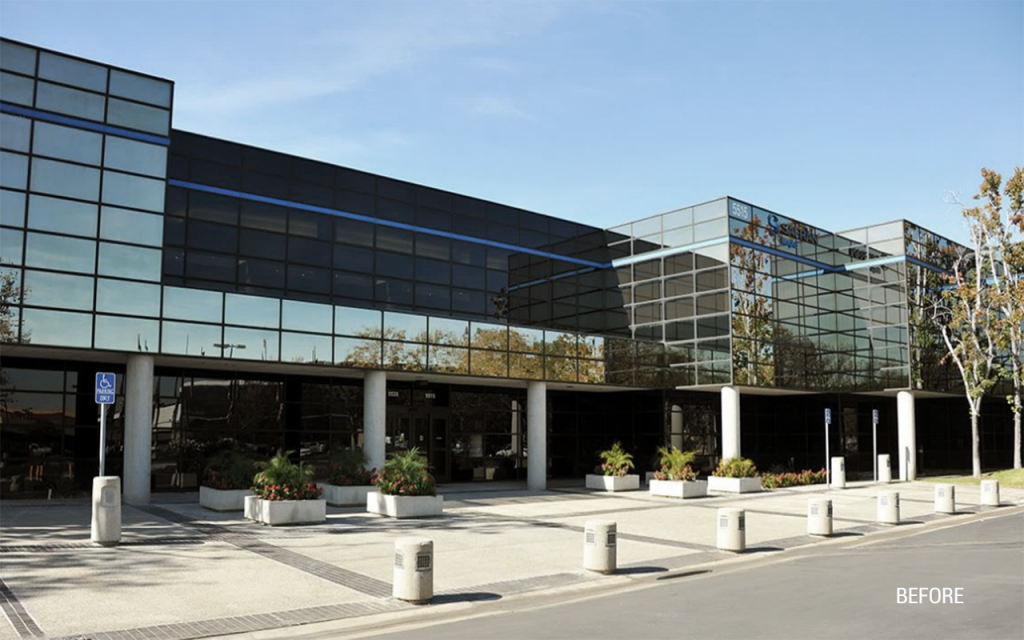
Opzoon Technology Co., Ltd. Is a global solutions provider for data center and cloud computing with over 400 patents. Fueling the company’s meteoric growth is an expansion of its core R&D operations through the construction of a new R&D Tech Campus / Data Center in Tianjin and Westgroup Designs (WD) is designing the first phase. Click here to view the project case study.
Orange County Public Works and WD are moving forward on phase two of ‘Bridges at Kraemer Place’ - a comprehensive facility dedicated to transitioning homeless individuals into permanent housing.
On May 5, Orange County’s first year-round emergency shelter and service center, Bridges at Kraemer Place, officially opened in Anaheim. Orange County Public Works engaged Westgroup Designs (WD) in late 2016 to design a facility that fulfills the basic day-to-day needs and provides critical resources for individuals transitioning from homelessness into permanent housing. This opening marks the first phase of the project, providing beds for 100 men and women. Phase two will provide occupancy for an additional 100 residents and include an on-site health clinic, kitchen and computer lab.
WD is providing architecture, planning, and interior design services to renovate an existing industrial concrete tilt-up structure and redesign its 1.87-acre site into a 24,000sf comprehensive facility that serves as a pathway out of homelessness. The design of Bridges at Kraemer Place provides a temporary home for 200 individuals with broad support spaces, including restrooms, showers, lockers, laundry, kitchen, dining hall, computer lab, multi-service conference rooms, in-take and reception area, administration suite, and a complete medical clinic with reception, pharmacy, nurses stations, lab, and three exam rooms.
Most importantly, the facility provides residents with resources to transition out of homelessness, including case management services and daytime services providers. These programs are tailored to individual needs, which could range from reconnecting them with family, to job referrals and shuttle services, to placing the chronically homeless in rent-subsidized permanent housing that includes supportive services.
WD’s design of the Bridges at Kraemer Place will serve homeless individuals from 15 communities in north Orange County. Susan Price, the county’s director of care coordination, states, “This project creates a bridge between the streets and home.”
Owners, landlords and tenants who contemplate remodeling occupied space often delay for fear that construction will be too disruptive - restricting access, reducing productivity and making their lives miserable for longer than they can tolerate. And when the scale of reinvestment includes both major interior renewal and site renovations, a project can have hundreds of moving parts to coordinate. Remodeling a fully-occupied building undeniably impacts the working environment, but strategic advice and direction by an experienced design and construction team regarding logistics, sequencing and phasing can significantly mitigate Owner concerns and effects on tenants, offering the rewards of few obstacles during the process and a fresh, new look at completion: a veritable win-win.
Westgroup is currently working with an Owner who understands and welcomes this strategic approach to upgrading, updating and remodeling all common areas and outdoor amenity spaces of their more than 80% leased, 10-story, 213,000 SF corporate office tower in Orange. Design and construction choreography is key: discussion of multiple phases, multiple permits and strategic management of people and work flow was the first order of business.
Comprehensive enhancements will be both functional and aesthetic, from energy and lighting upgrades and restroom accessibility to a new, modern appearance for the dated ground floor. Including main lobbies, ten floors of common corridors and restrooms, a conferencing facility, fitness center and hospitality/food service, the remodel will also address outdoor seating and feature areas, culminating with a new and welcoming canopy to frame the entry.
Rather than completing the design and construction on a piecemeal basis, the benefit to approaching the remodel holistically is the opportunity to find synergies between amenity spaces and needs. Integrating areas of the conference center, break-out space, food service and fitness center with redesign of individual activity areas reveals opportunities for great connection and flow between them. Re-planning these areas together also contributes to more effective circulation and system efficiency, allowing for larger, more flexible and attractive user space: great for landlords and appealing to discriminating tenants.
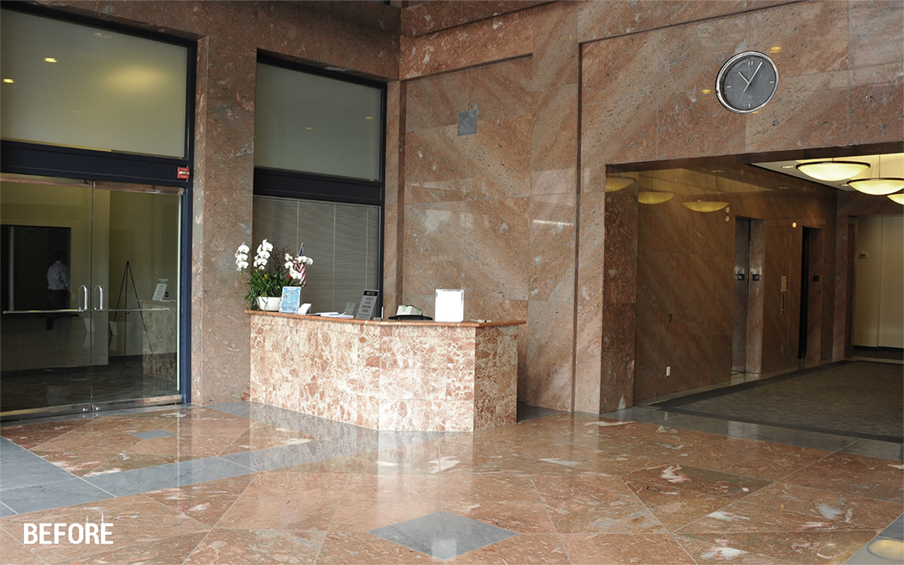
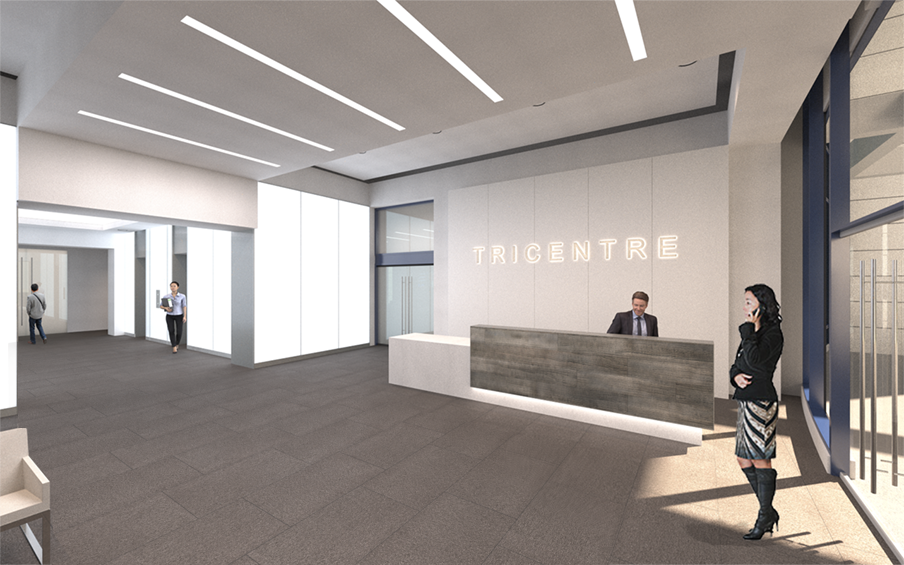
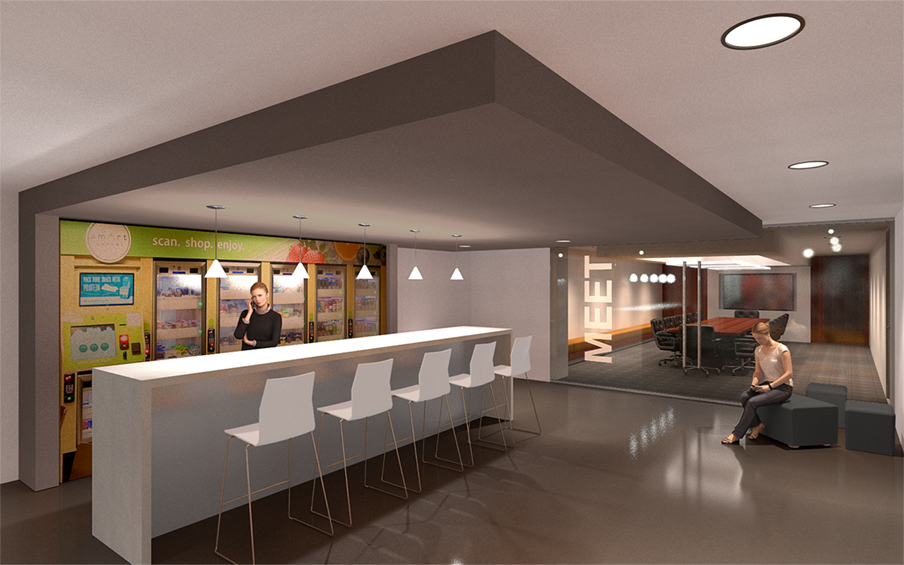
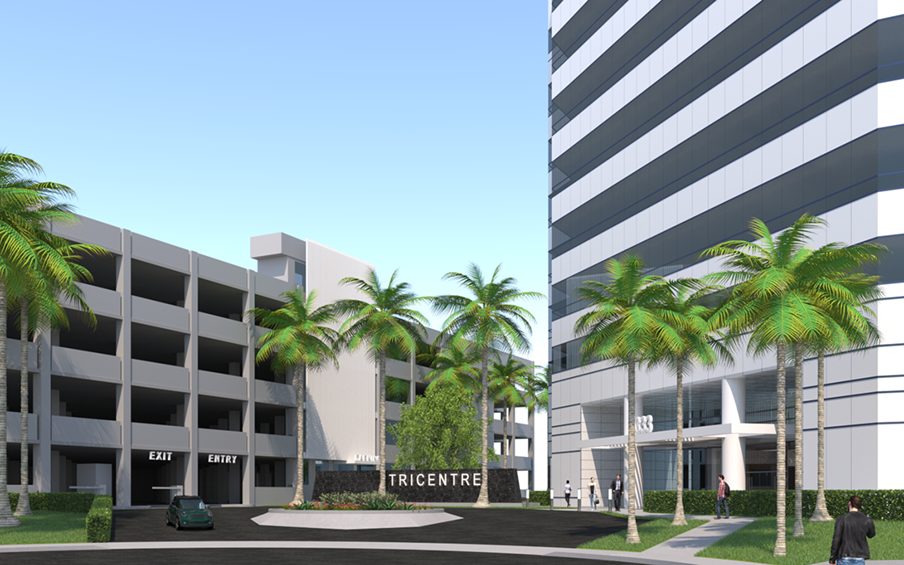
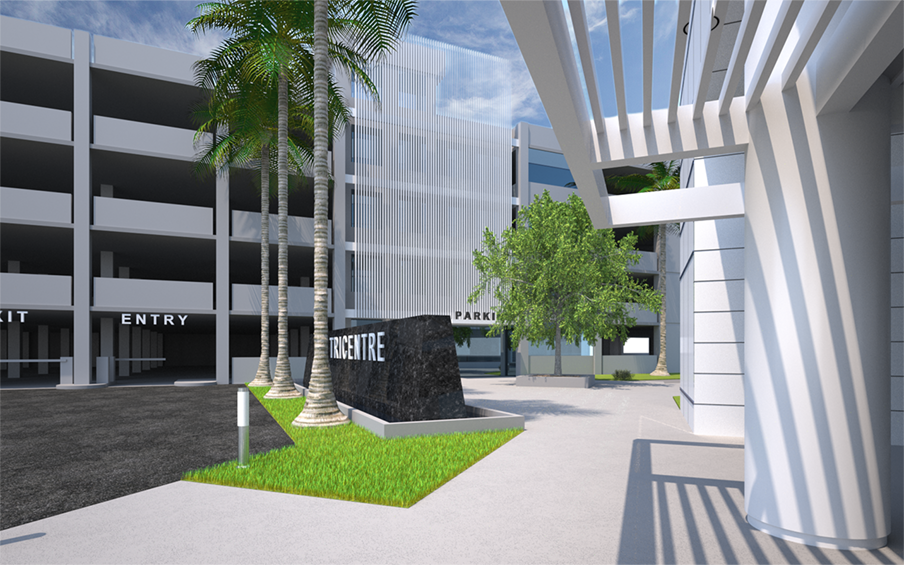
The OC market continues to see competition for attractive, progressive and flexible primary workspace as “repositioning” remains a favored real estate strategy. When owners and landlords initiate an overhaul of common areas to support collaborative activities and lifestyle amenities, both established firms and start-ups can often be enticed to take less office space per person in exchange for these updated, flexible areas that are shared with fellow tenants. With lines blurred between work and play, the positive perception of work/life balance engendered by these amenity spaces can be a differentiator as firm leaders seek to recruit and retain staff in a competitive marketplace, suggesting that the contemporary work environment is all about creating the ultimate inner-office experience.
Technology is key to many of these progressive amenities. Savvy clients, familiar with flexible workplace planning concepts, already know terms like “hot desking”, “hoteling” and “virtual office”. Information access in these new common areas must also gratify immediate needs, whether for interactive wayfinding, live news, promotion or knowledge sharing, and rapidly changing technology influences their design a step further. A space, facility or amenity featuring technology must be designed with the flexibility to allow for equipment upgrades, monitor size changes, orientation and mobility if it’s to continue exceeding the expectations of tomorrow’s tenants. And while a campus environment can offer everything from cafes to fitness centers, bocce courts and medical clinics, we note a strong desire to position amenities immediately adjacent to tenant space so that they function as an effective extension of the primary workspace.
In a recent concept design, Westgroup recommended this strategy to one of our corporate clients. To modernize common areas within a pair of high rise towers originally built in the 1980s, Westgroup enhanced their visual appeal by substituting wood veneered panels for the original dark granite interior walls and matte finished stone tile for the highly-polished floor, removing associated ornamental stone and metal detailing, softening the existing sharp angles, and infusing the spaces with both natural and diffused light. Removing thick, ornamental, stone-clad columns throughout the second-floor lobby revealed a larger, brighter, more open and flexible space, perfect as a shared tenant commons for lounging, meeting, collaboration, game room and more. Creating “touch down” as well as appointed activity spaces with both high-tech and high-touch features offers new and unparalleled value to tenants, who will be able to enjoy these benefits without leaving their building.
